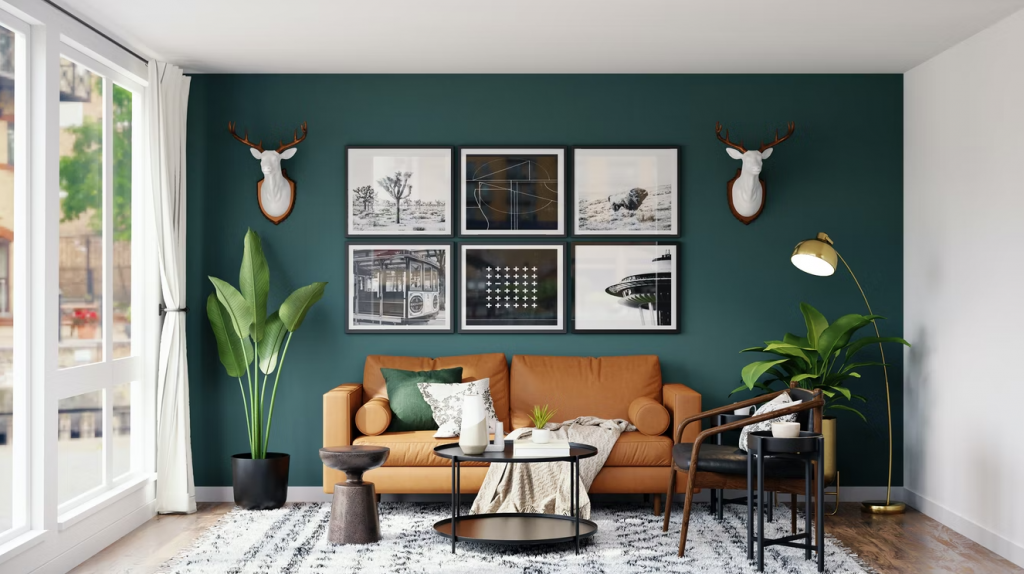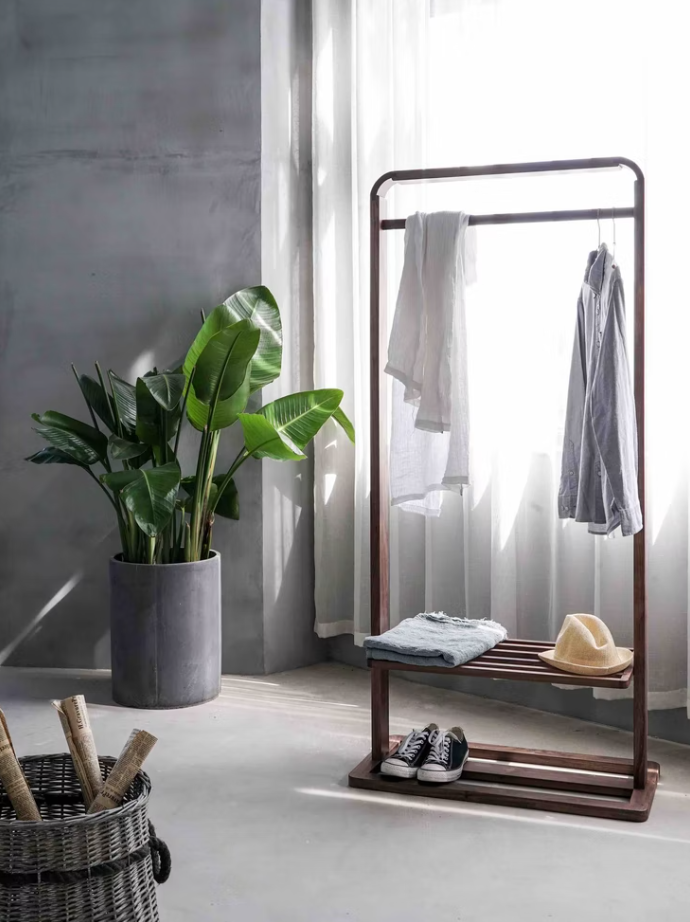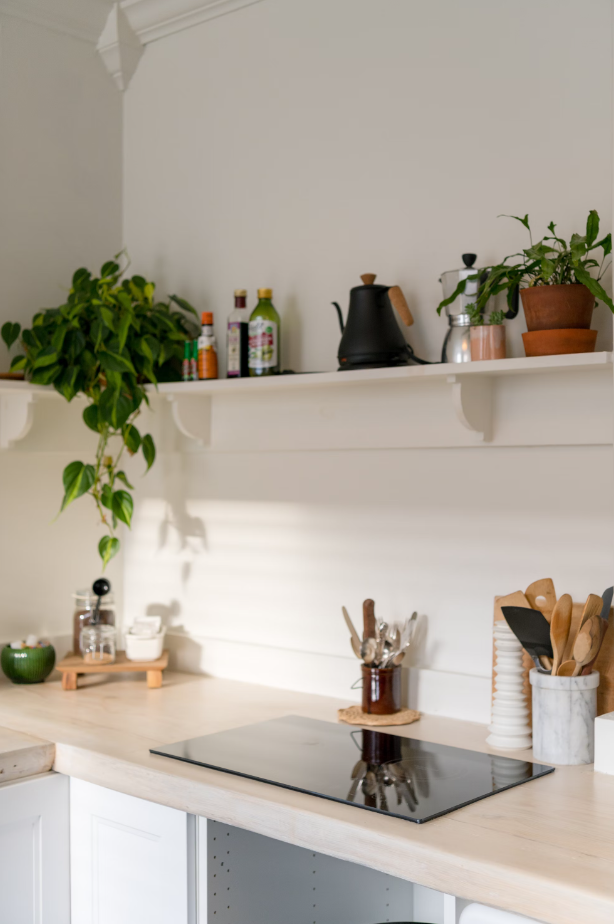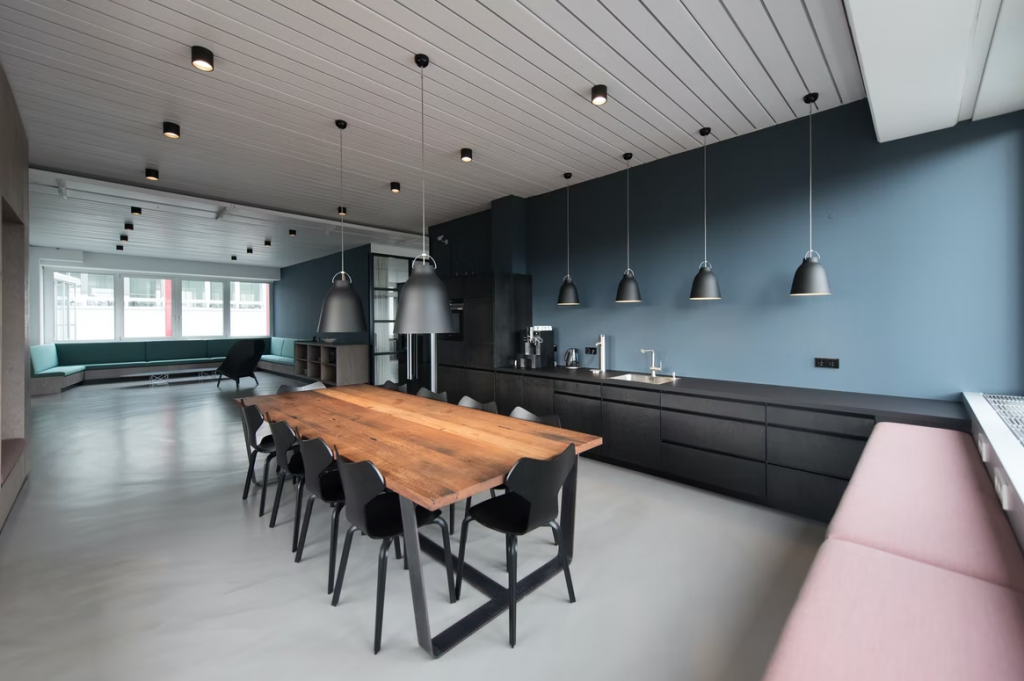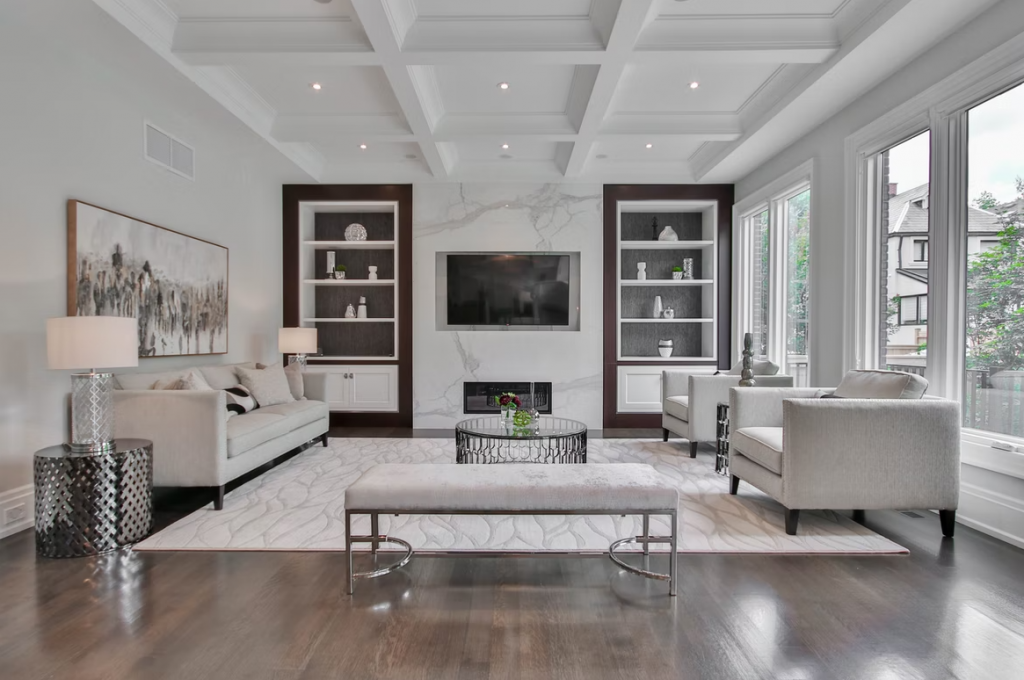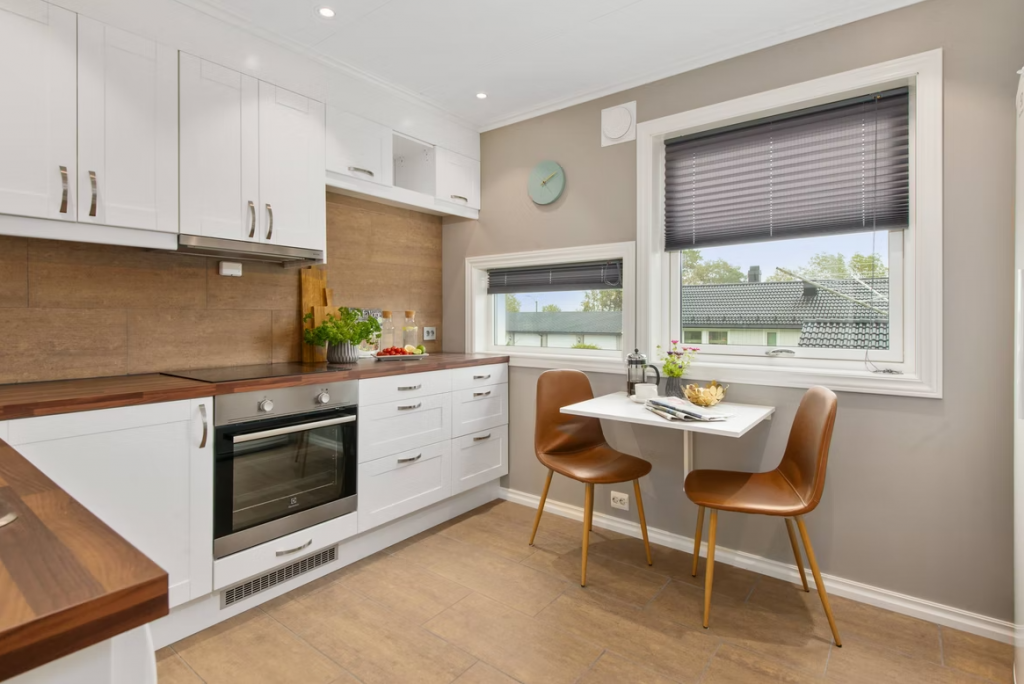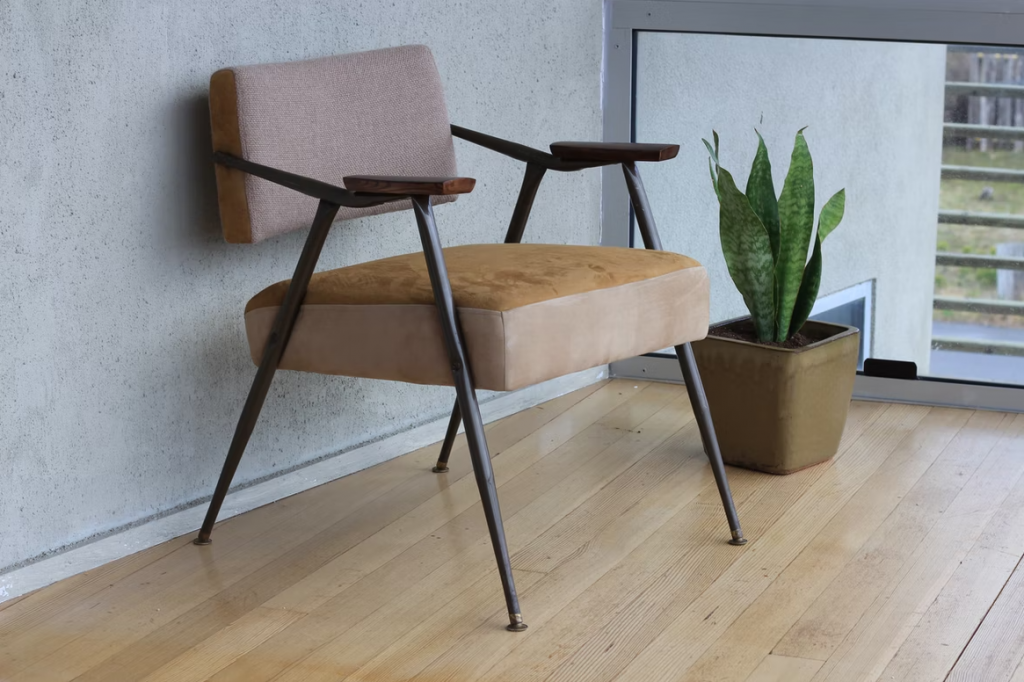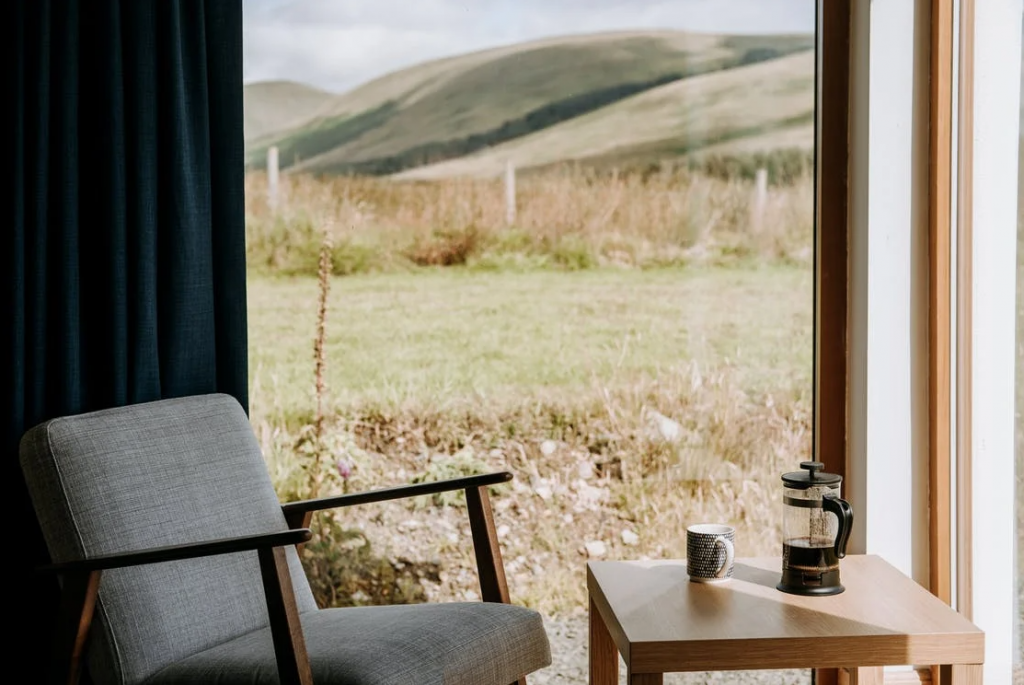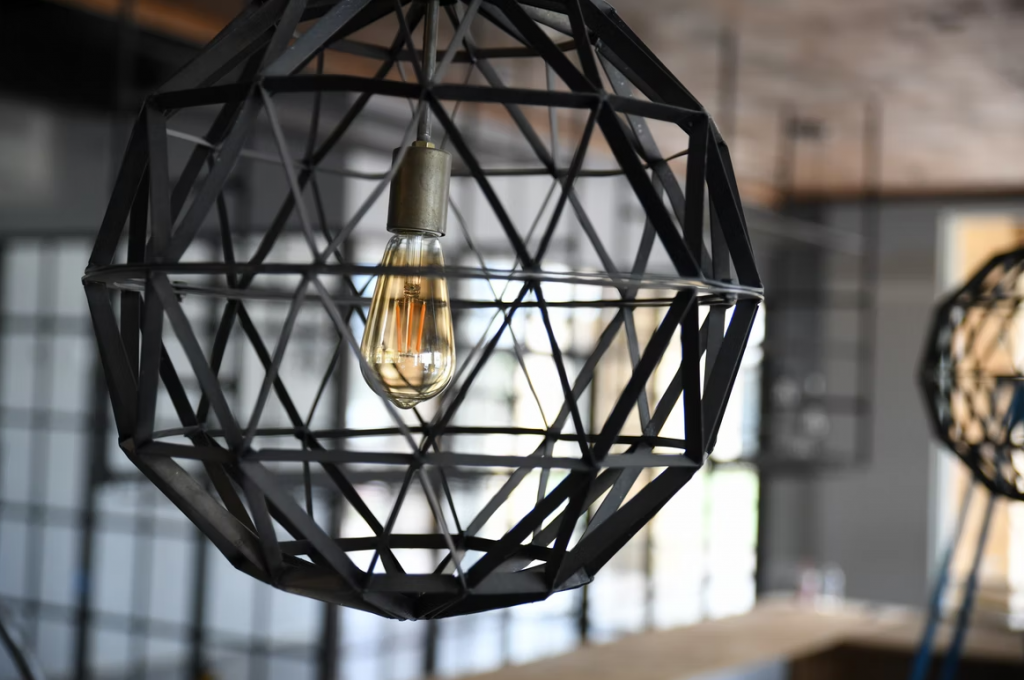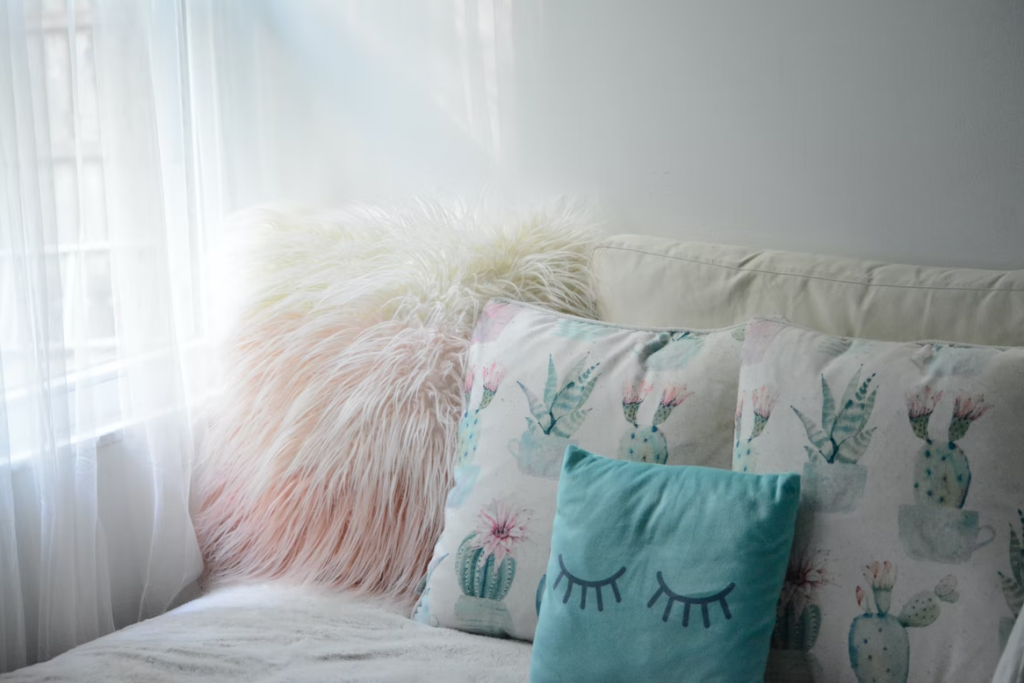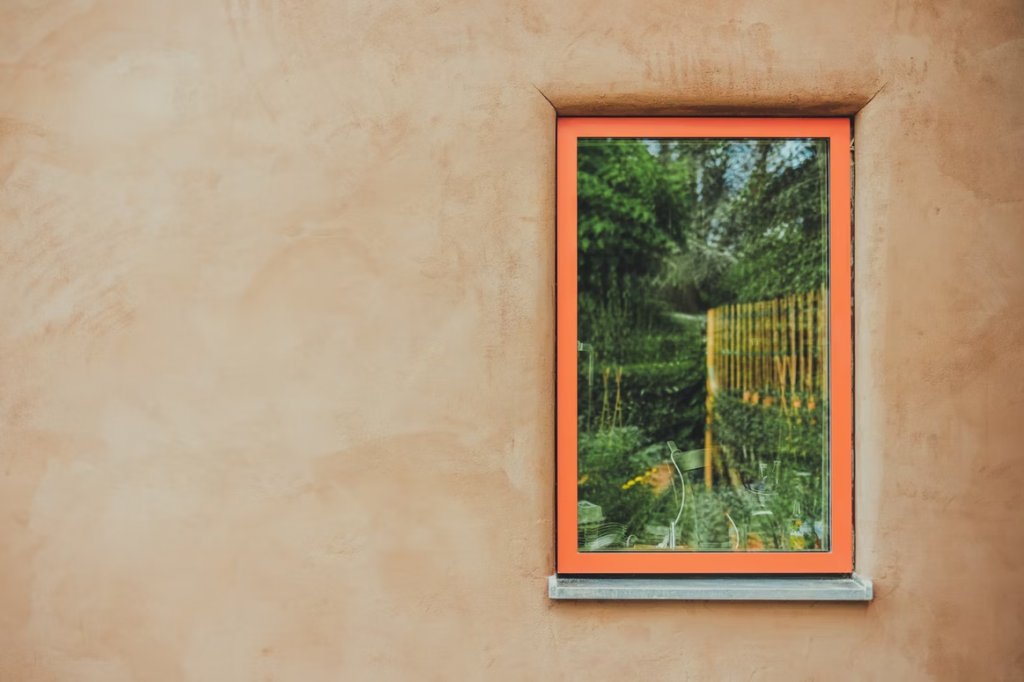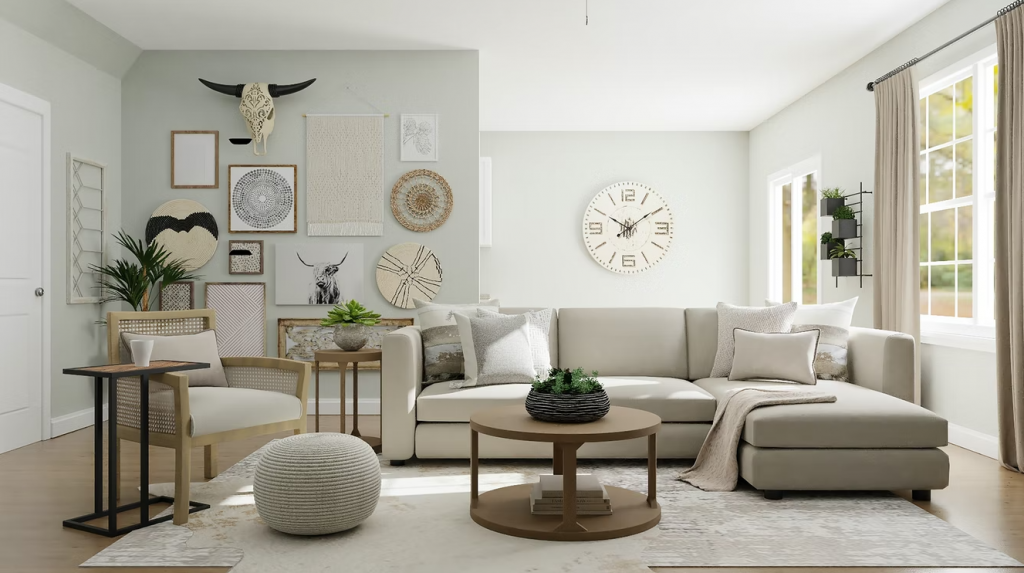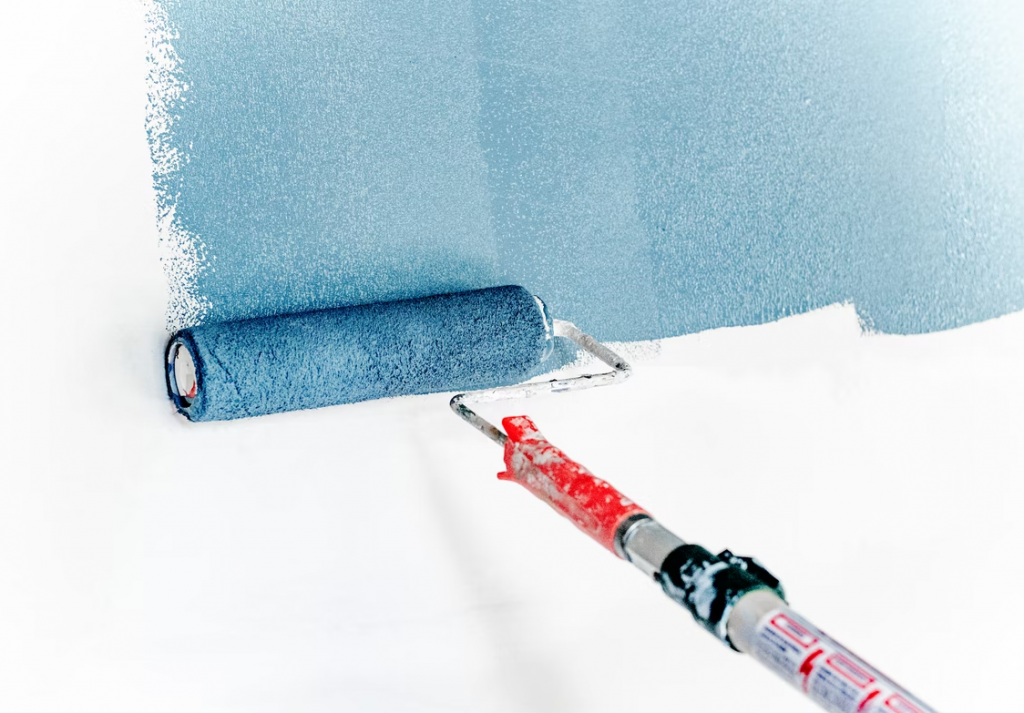Designers vs. Climate Change
The concept of green buildings is not new, and yet there has been discussion around whether interiors make a significant contribution to sustainability or not. One of the common myths about interior design is that it only contributes to about 7-10% of total carbon emissions.
However, in truth, the total carbon emissions from manufacturing, processing, installing, and transportation of interior design elements can cause carbon emissions equal to that of an entire building. According to Metropolis, construction businesses account for 40% of total carbon emissions across the world.
So, you can imagine the impact of interiors on climate change. The debate of designers vs. climate change is more than relevant in the present predicament, with a prediction of 2030 being the no point of return for the world on carbon emissions.
Here we will discuss how designers can reduce carbon footprints through interior design best practices and some practical tips on sustainable interiors. Let’s start with how designers can reduce carbon emissions through their creations.
Read also – 10 Ways To Create Eco-friendly Interior Design
How can interior designers reduce the carbon footprint of what they create?
Designers can leverage sustainable materials in the creation of interiors for their clients and reduce their carbon footprint. However, the knowledge of materials, organic elements, and the natural approach to creating interiors becomes essential.
So, if you are wondering how can interior designers fight climate change, then here are some practical tips:
1. Energy-efficient designs
The building needs energy resources for several different functions like lighting, heating, cooling, and even ventilation purposes. The entire debate of designers vs. climate change revolves on how to minimize energy use and make buildings greener. One simple step that interior designers can take is to design a space that allows maximum energy efficiency with the usage of natural characteristics.
For example, interior designers can design their spaces for maximum reflection of natural light reducing the need for energy consumption. Here, designers can leverage bright color shades for making the walls reflective of natural light coming through windows. Similarly, windows need a design that allows maximum light to enter the room.
It is important to understand that such a practice can also help in reducing energy usage for heating purposes, especially in places where sunlight is scarce. Again there will be no need for artificial lighting, making it an energy-efficient design.
Read also – 10 Ways to Turn Your Home from Toxic to Eco-friendly
Image Credit: pexels.com
2. Going organic
As interior designers, you will have to be careful with the materials that you choose for your designs. By choosing organic material, you can avoid the carbon footprints that other elements cause during their manufacturing process.
For example, you can use bamboo wood for your furnishing needs and even for carpets. Bamboo fibers are the best material when it comes to sustainability and thermal insulation. Similarly, there are other materials like lyocell, viscose, recycled polyester, and polymers that can be good options for interior design to infuse sustainability.
Read also – 9 Best Sustainable Architecture Design Ideas
Image Credit: unsplash.com
3. Recycle, upcycle & repurpose
Recycling, upcycling, and repurposing are three pillars to answer the question-how can interior designers fight climate change?
- Recycling- Creatively reusing waste products to avoid waste and improve the environment.
- Upcycle- Make use of discarded materials into something more creative and eye-catching, which enhances the entire interior design.
- Repurpose- Repurposing the material is important as it helps in sustainability and reducing waste products. You can repurpose materials into new creations through creative designs.
Here designers can leverage rustic and Nordic designs to provide trending interiors for their clients. One effective way is to merge old-fashioned design thinking with modern space heuristics to create a harmonious interior. Take an example of reclaimed wood furniture that designers can use through the repurposing approach.
Another way to ensure better sustainability for interior designers is through the use of materials with a longer lifespan.
Read also – Sustainable and Holistic Interior Design
Image Credit: unsplash.com
4. Longevity of materials
Designing your interiors for a longer lifespan helps in keeping the carbon footprint low. With such design and carbon-negative materials, interiors will have a longer lifespan which ultimately helps in reducing wastage. Also, the need for fewer materials in the future means lower energy usage for manufacturing and production purposes.
Here conducting a life cycle assessment and recycling qualities of material is important. While some materials are great for repurposing or recycling, their lifespan may be short, and others may have a longer lifespan but can’t be repurposed. So, you need to keep such characteristics of the material in mind.
Read also – 15 Tips To Choose Materials for Interior Design
Image Credit: unsplash.com
5. Using smart devices
What makes the discussion of designers vs. climate change far more relevant is how modern technologies play a vital role in interior design. Smart devices like smart bulbs, motion-based lights, smart taps, fans, and other appliances make sure that energy usage can be minimized. This is where designers can be creative and integrate modern technology into their designs to form energy-efficient designs.
Such ideas are great, but as an interior designer, you need far more relatable examples to understand the detailing of design for climate change. Here you need to have some knowledge of materials and their environmental impact. For example, steel is a major contributor, with 35% of carbon emissions in the industrial sector and 19% for cement production.
So, minimizing the usage of steel and cement products in interior design can help you reduce the carbon footprint of your interior designs. Similarly, here are some practices that you can follow as interior designers for greener spaces.
Read also – 10 Ways To Transform Your Home into Smart Home
Image Credit: unsplash.com
15 Best Tips for Interior Designers to Combat Climate Change
From design optimizations that help in natural lighting improvements to reusing water material, usage of sustainable materials, and others, there are several best practices that you can follow as interior designers for a reduction in carbon emissions.
1. Open plans
Open plan designs relate to the usage of wide and large windows and ventilated spaces for the maximization of natural resources. However, such designs are more of architectural practice, and that is the reason interior designers need to think creatively to leverage such designs.
The best way to improve open plans is to use lighter shades for walls that reflect natural light well enough. Another way is to use specific materials like highly transparent glass that will allow maximum light to enter and yet stay non-transparent on the outer side.
One fine example is the use of open-plan workplaces used by several businesses during the pandemic to reduce the risk of infections through ventilation. Not only does this approach help with sustainable design, but it also built an environment that was good for the well-being of employees.
Read also – 10 Tips To Create Healthy Spaces
Image Credit: unsplash.com
2. Use crystals
Crystals are forever, they say, but using such materials for the interiors can help in reflecting light and also add some glamour to the interiors. However, the process of mining these crystals can be an issue for environmental conservation, and that is the reason designers should look for ethically mined crystals.
For example, you can use Ammolate crystals mined in Canada, which form different earthly layers, making it a perfect choice for sustainable interiors.
Read also – How Technology is Changing the Business of Interior Design?
Image Credit: unsplash.com
3. Earthly colors
While light colors are excellent for attracting natural light, earthly colors are perfect for cooling spaces. The shades of earthly colors like light grey, earthy brown, and others can be great for the cooling effect of the spaces.
Image Credit: unsplash.com
4. Use greener designs
The biophilic design concept is an idea of leveraging natural elements into the interiors for greener spaces. Designers can use large green plants and other natural elements to create an organic ecosystem for interiors. Such designs can enhance the oxygen levels in the interiors for your clients providing a more refreshing experience.
Image Credit: unsplash.com
5. Light color floorings
Designers can choose light-colored hardwood or pine wood for flooring, which helps in improving the natural light exposure and provide a contrast to the window panels. The amount of light reflected due to such flooring can reduce the amount of artificial lighting to be used, allowing you to reduce energy usage.
Read also – 5 Ways that Interior Design Influences Your Mood
Image Credit: unsplash.com
6. Using accents
Interior designers can use nordic style designs through contrasting colors and shades that match the Scandinavian era. You can use different elements like vases, couches, and mattresses of the same color accent to create a thermal resistance effect and bring warmth to the interiors.
Read also – 10 Best Smart Technologies for Interior Design
Image Credit: unsplash.com
7. Minimalistic designs
Induce some minimalism in your design which not only helps in optimization of the space but also enhances the energy efficiency. For example, designers can leverage an approach known as the Konmari, which allows them to stack similar category items like books, clothes, and others.
Read also – 9 Ways To Integrate Minimalist Interior Design Into Your Home
Image Credit: unsplash.com
8. Retrofitting
Reclaimed furniture can not only help salvage old memories for your clients but also help sustain the environment. It helps in reducing wastage and also reduces the usage of more wood or metal for furnishings.
So, you can understand the positive impact it can have on the environment. Reuse of such wood means lower cutting of trees and reduced use of materials with embodied carbon dioxide to fight the climate crisis.
Read also – 25 Space Saving Furniture Ideas for Your Small Homes
Image Credit: unsplash.com
9. Spilling approach
The modern interior designing approach merges the exterior and interior spaces to create perfect luxury. Designers can get creative and design spilling interiors for clients, which reduces energy consumption to a great extent.
The spilling of interiors is a significant answer to the question- how can interior designers fight climate change? Here the interior looks like an extension of a landscape or greener exterior leveraging natural light and ventilation for temperature control.
Image Credit: pexels.com
10. Using recycled metals
Materials like recycled plastics and metals are great options for interior designers. These metals do not need an extensive manufacturing process which reduces energy consumption and leaves less carbon footprint. At the same time, they also reduce wastage by recycling the same materials for new designs.
Read also – Installation Day Tips for Interior Designers
Image Credit: unsplash.com
11. Layered textiles
The layered textiles approach is sustainable and helps in the optimization of the energy usage for interiors. For example, you can use layered textiles for windows where curtains can provide different layers for the light that comes in. Such layered lighting coming in the windows can help to build carbon-neutral and also reduce the usage of artificial lighting.
Read also – The Complete Guide To Layering in Interior Design
Image Credit: unsplash.com
12. Wallpaper usage
Using wallpapers can be tricky as you need to know colors, contrasting shades, and an understanding of the space ambiance. However, experienced interior designers can use wallpapers not only to improve the creative aspect but also to create a more organic experience for customers. Not to mention the positive impact on the environment due to the reduction in energy consumption for thermal and lighting purposes.
Read also – 20 Best Wall Decor Ideas
Image Credit: unsplash.com
13. Clay for walls
Using clay for walls is not a new approach, and in ancient times people used it as a thermal insulator for protection against extreme temperatures. Similarly, modern interiors can be enhanced for thermal insulations through the addition of an extra layer of clay.
Image Credit: unsplash.com
14. Breathing spaces
Creating interiors that are accommodating more light and air can be excellent to make a positive impact on the environment. For example, you can use the studio design concept where the entire interior is a makeshift space rather than siloed rooms. So, the entire drawing room is one big space with partitions to let maximum light and ventilation come in.
Read also – 10 Benefits of Hiring an Interior Designer
Image Credit: unsplash.com
15. Use Non-chemical paints
Interior designers can use paints made from organic materials to create a healthy space for clients. Using non-chemical and non-toxic materials is healthier and is also essential for environmental conservation as it does not need an extensive manufacturing process. So, there is lower pollution due to less manufacturing.
Read also – Top 20 Neutral Paint Colors for Interiors That Designers Use
Image Credit: unsplash.com








